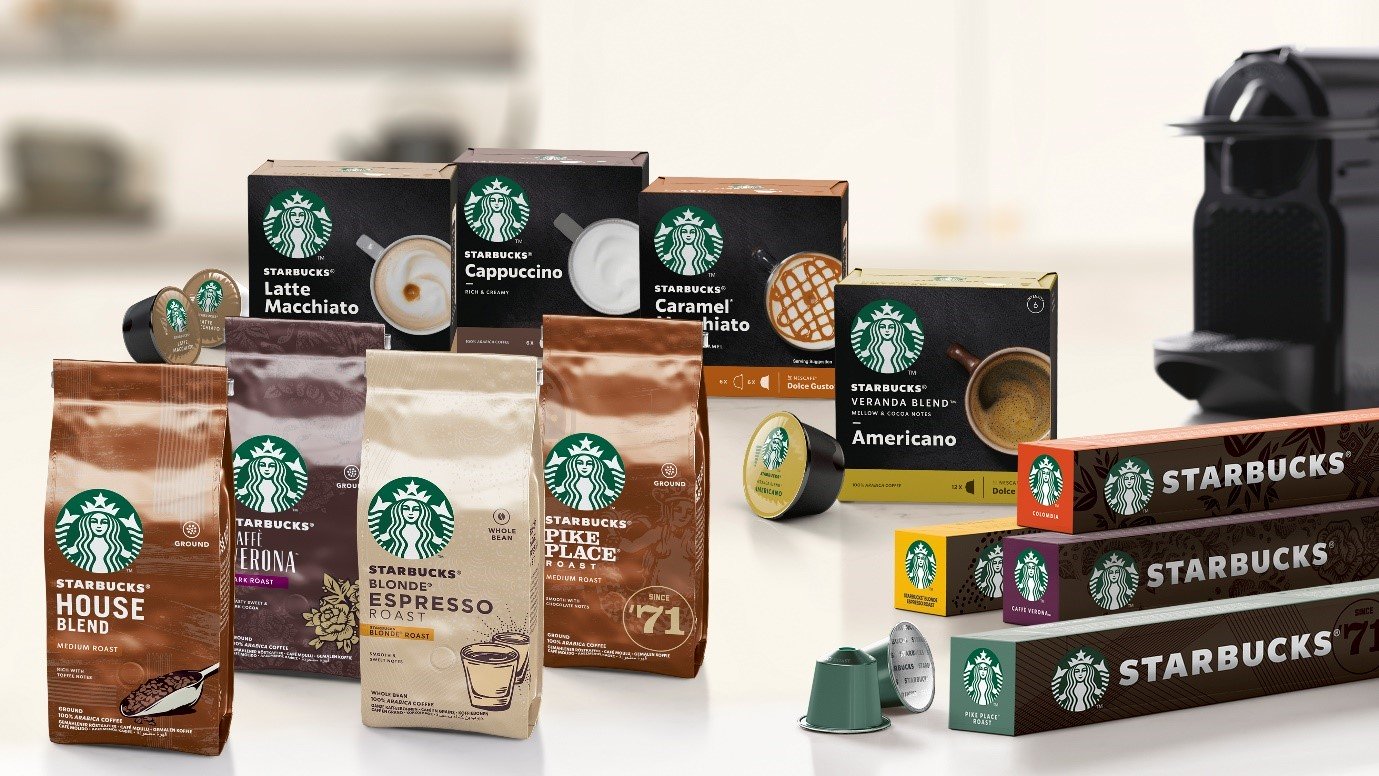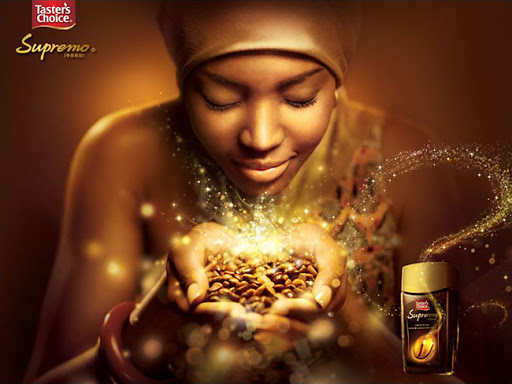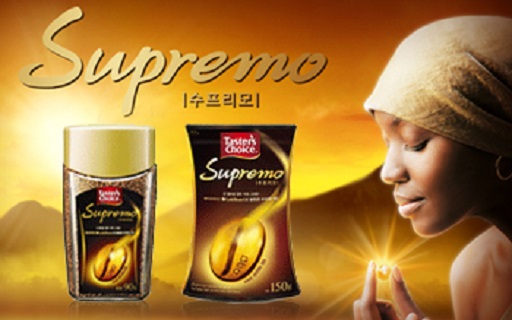This is the last Nestle journey. Today’s theme will be interesting because it contains a lot to see.
Nespresso Korea
Collaboration Marketing - Starbucks at home
Situation & Task:
As the capsule coffee market was saturated, and the market growth gradually slowed down, Nestlé needed to look for new opportunity to refresh their products image.
Action: Nestlé Korea launched its new product ‘Starbucks at Home’ in Korea on April 12, 2019, which reproduces Starbuck’s unique coffee flavor. They launched capsule coffee products first which is compatible with Nescafé Dolce Gusto and Nespresso machines, and now the product portfolio has expanded to the whole bean and ground coffee products.

South Korea, along with Brazil, is the first country to release Nestlé’s Starbucks branded products. Global Nestlé paid $7.15 billion to Starbucks in 2018, and secured a permanent right to sell coffee beans, coffee capsules and tea products through supermarkets and restaurants under the Starbucks brand. “Korea is the world’s highest-level coffee market,” said Karsten Kuehme, the Nestlé Korea CEO, “We decided to enter Korea first because Starbuck’s status and brand value in Korea are quite high and ‘Home Café’ trend has being popular.”

The first ‘Starbucks at Home’ products contained 16 types, consisting of 8 types each for Nescafé Dolce Gusto and Nespresso machines. Dolce Gusto capsules include a variety of Starbucks signature blends and single origin coffees, as well as a variety of classic beverages such as caramel macchiato and cappuccino. Nespresso Starbucks Capsule Coffee offers 7 different blends, Ristretto, Espresso, Lungo, etc. according to your tastes varied with various roasting phases. The capsule is made of 100% Arabica coffee beans produced ethically.
Nestlé’s ‘Starbucks Capsule Coffee’ started to distribute at 400 hypermarkets, 70 supermarkets, 30 food sections in department stores, and 3 online channels, first. The price is about 7,900 won for 12 capsules.
Key point: What’s important here is that Starbucks is a brand that is highly recognized and loyal among Korean coffee consumers and loved for its deep and rich taste that suits Korean tastes. Therefore, being able to easily enjoy Starbucks coffee at home is a great merit for Korean consumers under the circumstance the demand for home café is increasing for many reasons. As a result, sales of these products are highly likely to increase as existing Nespresso consumers as well as newly introduced consumers.
Result: Although not enough data have yet been collected since its launch, according to E-Mart, a representative hypermarket retailer in Korea, total capsule coffee sales from the January-March period of 2020 increased 140% compared to the same period of last year, of which Starbucks capsule coffee accounted for about 60 percent of the total. The Korea capsule coffee market was about 2.5 trillion won as of 2015. It is expected that Nespresso Korea will continue to grow as the market is expected to grow steadily at an annual average of 20% and reach 5 trillion won in 2020.
Lotte-Nestlé Korea
Origin differentiation strategy for Supremo
After the success of Tester Choice, Nestlé lost its market share to Dongsuh again, so Supremo was prepared to take another leap forward in the late 2000’s. Supremo is a product that emphasizes the country of origin as consumer tastes for coffee become more sophisticated, this brand differentiated itself from existing instant coffee by using Ethiopian premium Arabica beans. In addition, it created a strong brand image by positioning it with an exotic, gorgeous, and authentic image of coffee with black female models, gold colors, and rhythmic fresh music and breaking away from advertisements that depended on stars. A large scale of POSM in black and gold colors were also installed in retail stores, attracting consumers’ attention, and leaving consumers with strong impact that is different from those of already existing in the market.



Through this differentiation strategy, Supremo recorded 60% market share in the premium coffee market, based on sales of hypermarkets, only 6 months after its launch.